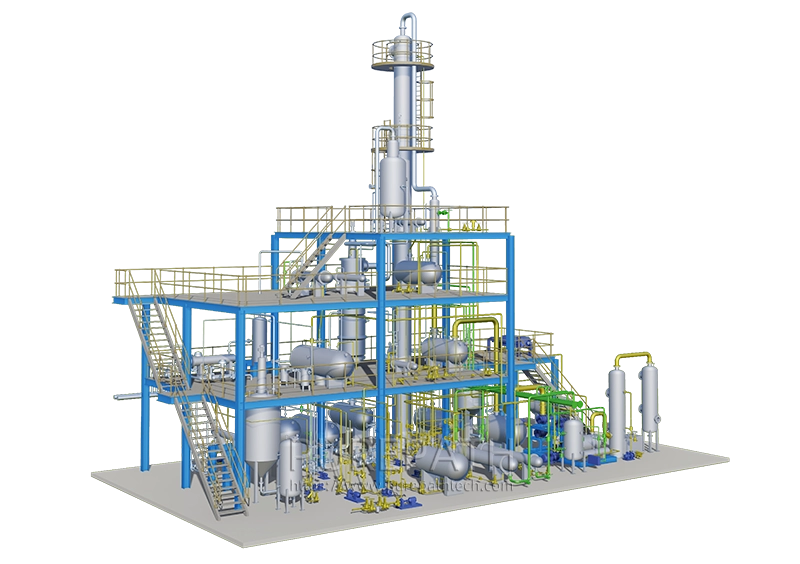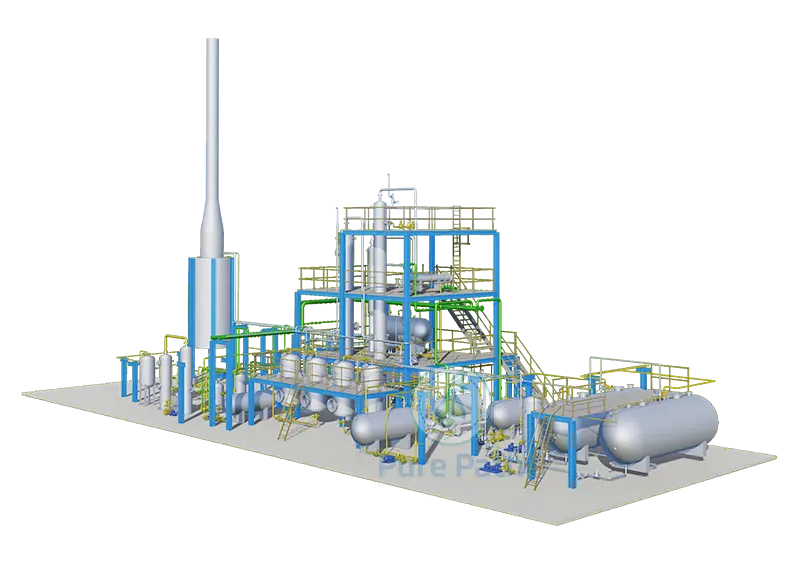How to Recycle Used Motor Oil with a Motor Oil Recycling Machine?
Used motor oil is a valuable resource that can be recycled into new oil products. However, it is important to recycle used motor oil properly to prevent it from contaminating the environment.
A motor oil recycling machine is a device that can be used to recycle used motor oil in a safe and efficient manner. These machines typically have the following steps:
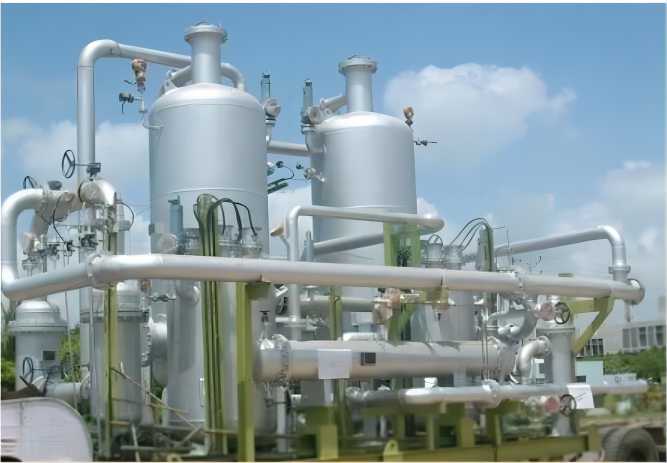
Collection
Used motor oil can be collected from a variety of sources, such as:
- Auto repair shops: These shops typically have a large volume of used motor oil that needs to be recycled.
- Car dealerships: These dealerships also have a large volume of used motor oil that needs to be recycled.
- Households: Many households change their own oil, and they may have a small amount of used motor oil that needs to be recycled.
- Construction sites: These sites may have a large volume of used motor oil from machinery.
- Factories: These factories may have a large volume of used motor oil from machines.
- Farms: These farms may have a large volume of used motor oil from tractors and other machinery.
Used motor oil can be collected in a variety of containers, such as:
- Drums: These are large, heavy-duty containers that can hold a large volume of used motor oil.
- Barrels: These are smaller than drums, but they can still hold a significant amount of used motor oil.
- Plastic jugs: These are lightweight containers that are easy to transport.
- Metal cans: These are durable containers that can hold a small amount of used motor oil.
It is important to label the containers clearly with the words “used motor oil” or “hazardous waste.” This will help to prevent the containers from being mistaken for other types of waste. Used motor oil should not be mixed with other types of waste, such as gasoline, paint, or batteries. Used motor oil should be stored in a cool, dry place away from heat and sunlight.
Transportation
Once the used motor oil has been collected, it needs to be transported to a used oil recycling plant. The used motor oil can be transported by truck, rail, or barge. It is important to transport used motor oil in a safe manner to prevent leaks or spills. The containers should be properly sealed and stored in a secure location. The transportation of used motor oil should be in compliance with all applicable regulations.
Filtering
Once the used motor oil arrives at the recycling plant, it is filtered to remove contaminants. The filtering process typically involves the following steps:
- The used motor oil is pumped into a centrifuge.
- The centrifuge spins the oil at high speeds, which separates the contaminants from the oil.
- The contaminants are collected in a separate container.
- The filtered oil is then pumped to the next stage of the recycling process.
The filtering process removes dirt, metal shavings, water, and other debris from the used motor oil. The filtered oil is then ready for the next stage of the recycling process.
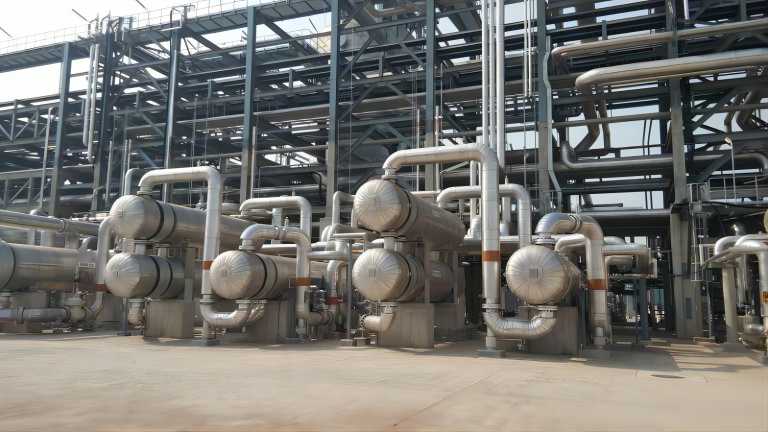
Separation
After the used motor oil has been filtered, it is separated into its different components. This is done using a variety of methods, such as:
- Centrifugation: This method uses a centrifuge to spin the oil at high speeds, which separates the different components of the oil.
- Distillation: This method uses heat to separate the different components of the oil.
- Solvent extraction: This method uses a solvent to dissolve the different components of the oil, and then the solvent is evaporated to leave the different components behind.
- Hydrotreating: This method uses hydrogen gas and a catalyst to remove contaminants from the oil.
The different components of used motor oil are:
- Base oil: This is the main component of used motor oil. It is made up of hydrocarbons that lubricate and protect engine parts.
- Additives: These are added to used motor oil to improve its performance. These additives can include detergents, dispersants, and antioxidants.
- Water: This is a minor component of used motor oil. It is typically removed during the filtering process.
Reprocessing
The base oil is then reprocessed into new oil products. This can be done using a variety of methods, such as:
- Distillation: This method uses heat to separate the different components of the oil, and then the different components can be recombined to create new oil products. For example, the base oil can be distilled to remove impurities and then blended with additives to create new oil products, such as lubricating oil, fuel oil, and asphalt.
- Solvent extraction: This method uses a solvent to dissolve the different components of the oil, and then the solvent is evaporated to leave the different components behind. These components can then be recombined to create new oil products. For example, the base oil can be extracted with a solvent to remove impurities, and then the solvent can be evaporated to leave behind a pure base oil that can be used to create new oil products.
- Hydrotreating: This method uses hydrogen gas and a catalyst to remove contaminants from the oil. The hydrogen gas reacts with the contaminants to form harmless byproducts, such as water and carbon dioxide. The clean base oil can then be used to create new oil products.
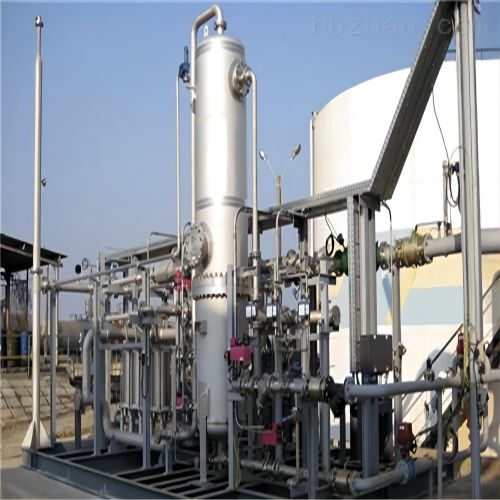
Disposal
The other components of used motor oil, such as the additives and water, are disposed of in an environmentally friendly manner. This may involve:
- Incineration: This method burns the oil at high temperatures, which destroys the contaminants and leaves behind ash.
- Landfilling: This method buries the oil in a landfill, where it is isolated from the environment.
- Other methods: There are a variety of other methods for disposing of used motor oil, such as recycling and reuse.
Conclusion
Recycling used motor oil is a valuable way to protect the environment, conserve natural resources, and save energy. By following the steps outlined above, you can help to ensure that used motor oil is recycled properly and does not end up in landfills or waterways.


